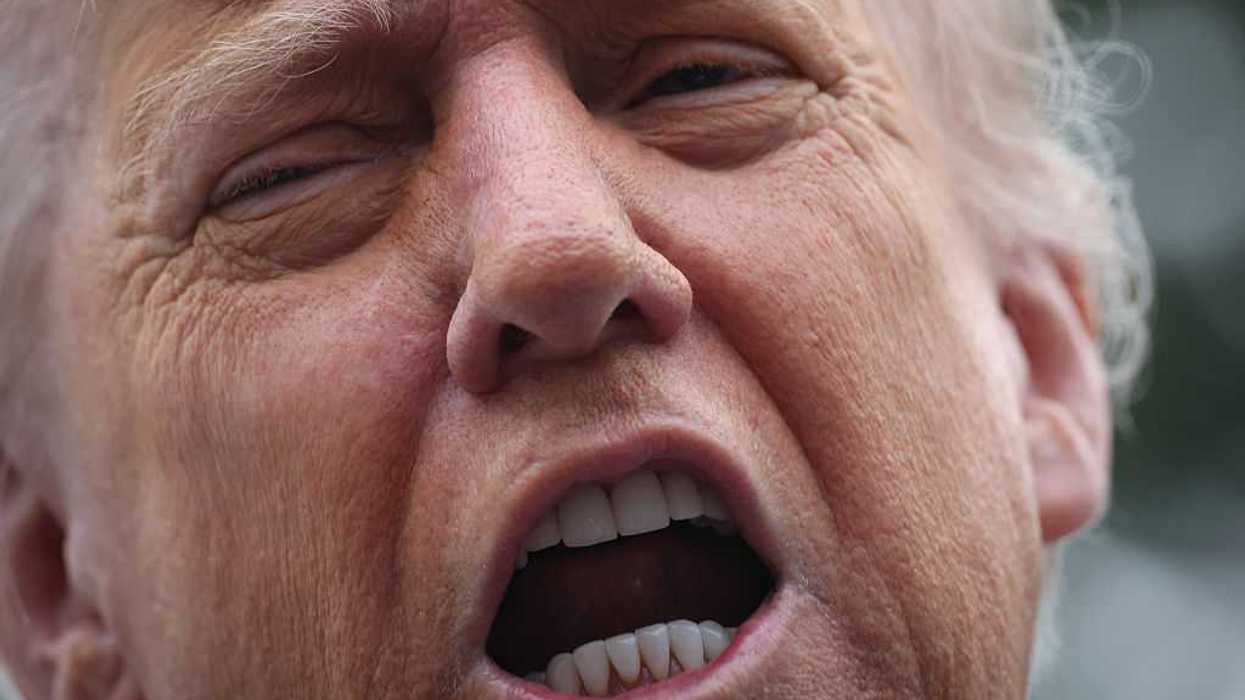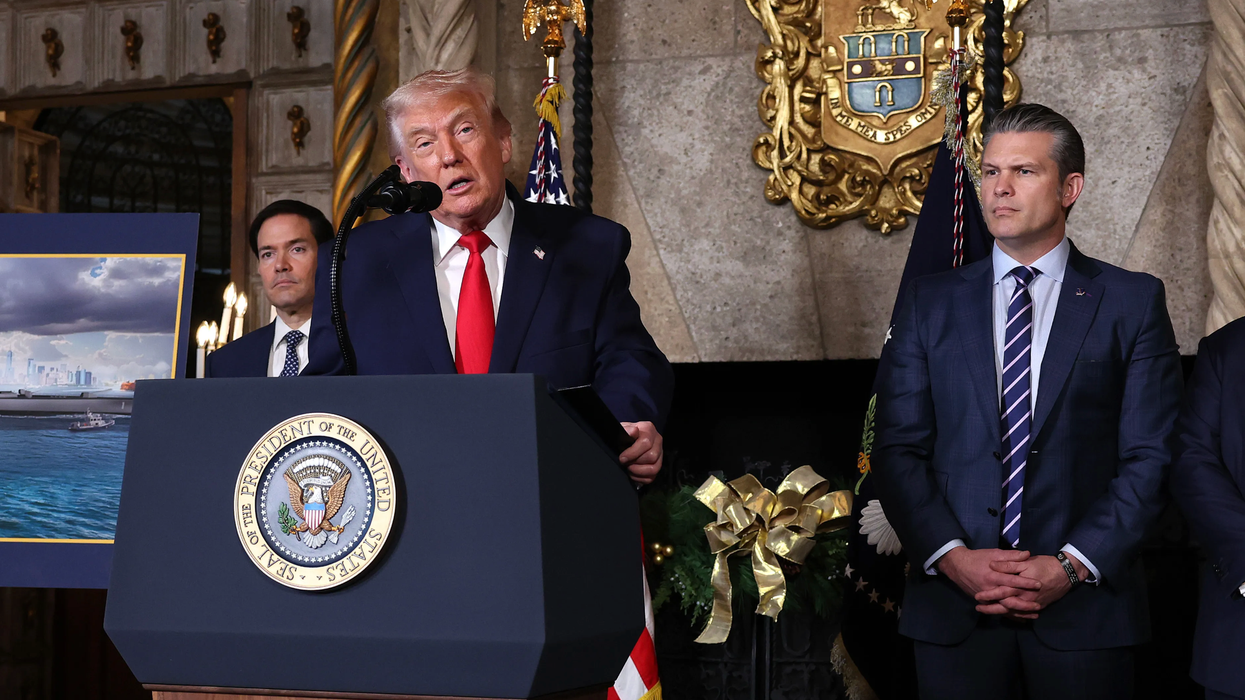Smith is managing director of the Getting Better Foundation and impact producer of the documentary “ Trust Me.”
“We are drowning in data ... and starved for meaningful connection” Peter Meyers and Shann Nix communications and consulting firm Stand & Deliver write in “As We Speak – How to Make Your Point and Have It Stick.” “Real communication can only occur when there is human connection. Without connection, there is no influence, no rapport. There’s no moving listeners, voters, or fellow legislators from point A to point B. There is no bond. Bonding can be a powerful and much needed thing because we live in frightening times. Many people feel they are trapped in a downward spiral, in which they have no control over their fate, no faith that their leaders can save them.”
The problem
In addition to violence, domestic terrorism, and global conflicts stemming from mis- and disinformation, there are far too many people – primarily youth – suffering from anxiety, depression, substance abuse and suicidology. Data shows that adolescent mental health disorders climb alongside the advent of the internet and social media.
“Chronic overconsumption of media since the advent of the internet stimulates addiction to dopamine – similar to how our brains respond to conventional drugs and alcohol. Science, technology, and innovation have allowed us to ‘drugify’ almost every human behavior. If you are not already addicted, it’s coming soon to a website near you,” Anna Lembke, professor of psychiatry at Stanford University School of Medicine, says on an episode of the “ Hidden Brain ” podcast. “[Ri]sing rates of depression, anxiety and suicide, which by the way are rising fastest in the richest nations in the world, are due in part to the fact that we are overloading our brains’ reward pathway with too much dopamine. And that In our brain’s effort to compensate for too much pleasure, we are essentially individually and collectively downregulating our own dopamine production, not just to baseline, but below below baseline levels. So we are in a dopamine deficit state.”
I’d argue that thanks to the internet and smart devices (marvelous tools when used for good), coupled with our growing acceptance and normalization of violence and violent behaviors, what starts out innocently enough as “tiny addictions” change us in a way that resonates deeply. These addictions make us want to recreate those feelings just like opium, heroin and fentanyl. Feelings that transport us, excite us, filling in missing joy that used to come from more simple things like walking in nature or a baby’s laugh. Arguably too, we subconsciously miss and are seeking that simpler joy. Anyone who has bitten into a sweet treat has witnessed this firsthand. That second bite doesn’t appear as rewarding as the first. So, we take another bite and another – trying to recreate that sweet sensation.
Modern society has “drugified” our brains with large quantities of, access to, the potency of, and novelty of media. Quantity has expanded due to an explosion of online content. Access is now readily available via devices that fit the palm of our hand. Potency increases with our tolerance to more graphic content. Novelty of new media since the advent of the printing press, then radio, television, and now the internet, fosters excitement and captivates viewers/users to draw them in further.
The solution
It's time to wake up our sense of purpose and excitement for a meaningful future (not to mention national security). It’s time to raise our standards and those of our children. To give them their best shot at rising to their potential, we need to teach them how to communicate – providing them with hope and resilience. Media literacy education – for every student in rural as well as urban schools, for adult citizens, and for educators – is one of the best solutions to the deep dilemmas posed above. The Bill of Rights, featuring a prized freedom of expression, would make it difficult, if not unconstitutional, to censor what can be said online. And, do we really want to place in the hands of a for-profit social media platform that censorship power? While there are big brains and big agencies working on digital solutions, the answer, it seems, is media literacy education.
These days, trust is the highest currency. The level of trust we win or lose is proportionate to the quality of our communication. Coincidentally, when people are empowered with media, information, and digital literacies, they learn to trust one another more. Connection happens. It’s not easy to hurt one another when we know another person. Even if that relationship is superficial, like exchanges with our daily barista. Differences are set aside to work together on solving the bigger problems our world is facing. When people – students – learn to communicate clearly and credibly, they become “response-abled.” They are armed with advantages – across borders, genders, age, nationality and wealth disparities. They rise to become the best version of themselves, inspiring others to follow toward peaceful resolution and collaboration.
Communication is about creating clarity where there’s confusion. It’s about creating relevance when people feel disconnected. Most importantly, it’s about inspiring people to achieve things they never thought possible. That’s hope. That’s what media literacy does.
Media literacy empowers students – and people in general – with the skills to think critically and for themselves. It teaches them how to consume and evaluate information, to ask critical questions, avoid online manipulation, and to navigate within our complex and ever-changing media landscape. Media lit additionally instructs people how to construct accurate media – becoming citizen journalists themselves. The Department of Homeland Security calls this becoming “upstanders” instead of “bystanders.” To be “response-able” instead of reactive members of society.
It means using the media for peacemaking, not manipulation, conflict and war. In making “ Trust Me ” we explored the possibilities in a feature-length documentary that explores human nature, information technology, and the need for media literacy to help people trust one another and to bring them together for civil discourse in the interests of creating a more resilient population. “Trust Me” explores how an avalanche of negative news and misinformation is making us all terrified of the world. This has led to mistrust of others, which further leads to racism, polarization, mental health disorders and even crime.
Sensational media take advantage of our survival instincts to earn more clicks and ad revenue with scary and shocking headlines – many of which aren’t even true – and we’re enabling them each time we share. When our fear goes up, our trust comes down. When people don’t trust each other, they don’t help each other and progress stalls.
Watch the trailer to learn more:
Official TRUST ME Traileryoutu.be



















